NSF Gluten-Free Certification Program
As an Amazon Associate and member of other affiliate programs, I earn from qualifying purchases.
In the United States, there are 4 major organizations that offer gluten free certification for food & supplements. They include Gluten Free Certification Organization (GIG), Beyond Celiac, Gluten Free Food Program (connected to National Celiac Assoc.), and NSF. Many appear unfamilar with NSF, therefore I spent a day touring their Ann Arbor facility, and interviewing their staff.
Who is NSF?
NSF International, based in Ann Arbor, Michigan offers third party gluten free certification. Originally known as the National Sanitation Foundation, they have been ensuring consumer safety since 1944. In the 50’s they created “standards for the sanitation of soda fountain and luncheonette equipment.” Today they are an international company that tests products for many safety factors.
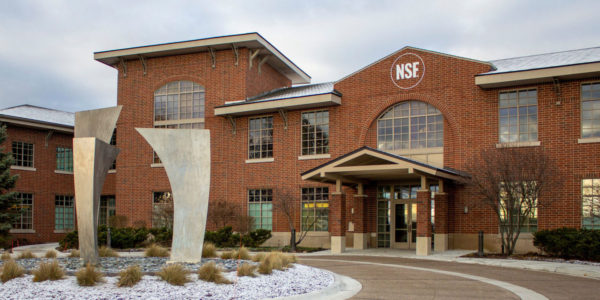
Where is NSF and What is Their History of Certification?
I recently had the chance to tour their Ann Arbor headquarters. It contains 150,000 square feet of laboratory space. They take the integrity of their work and the privacy of the companies they certify very seriously. Therefore I wasn’t allowed into individual labs. A few times they covered up work stations as we walked past in the hallways.
In 2004, NSF acquired QAI, one of the largest certifying organizations of organic foods and products. QAI had a long history of certification standards, since 1989. NSF created their gluten free certification standards from the organic testing protocols from QAI. In addition, NSF and QAI had gluten free standards of 20 ppm per million long before the FDA did.
What is NSF’s Process for Gluten Free Certification?
There are 5 steps to gaining gluten-free certification through NSF.
1) Application – Companies must submit an application, necessary documents & a signed application.
2) Product Review – NSF reviews the product, which includes product labeling, raw ingredients and the company’s allergen procedures and protocols.
3) Onsite Inspection – A team member travels to the manufacturing plant and visually inspects the premises to make sure all things disclosed in the paperwork are accurate.
4) Sample Testing – Staff take a random product sample while on premises. NSF staff then send back to the lab to verify it contains less than 20 ppm of gluten content.
5) Certification – Once a product is certified, the NSF certification mark can be used on packaging. It is also allowed on advertising literature and on the company website. Certification is an ongoing process. NSF audits businesses every year. Also, they make unannounced visits to verify that companies are maintaining their standards.
How Easy Is It To Get Certified thru NSF?
If you think this is a stringent process, you’re right. Brandon Rudolph, one of the writers of the gluten-free certification protocols, told me that many businesses never get past the second step. As someone with Celiac Disease himself, Brandon fully understands just how important this process is.
Have you seen the NSF certification mark on products? It’s a blue circle with the letter “NSF” written in the center, in white. The NSF gluten-free certification logo also includes a white ring around it with the words “certified gluten-free.” Some products that bear this logo inclue Toffee-Tastic gluten-free girl scout cookies made by Little Brownie Bakers, and Twin Lab children’s Wicked Smart Gummies.
Why Is Third-Party Gluten Free Certification Helpful?
Living with Celiac Disease can cause trust issues when it comes to food. Even though the FDA has finally defined what gluten-free means, it may not always mean that producers (or consumers) understand. Gluten can show up both in ingredient sourcing and in food production.
When we’re trying a new product, we don’t necessarily know the manufacturer personally, or their level of gluten free knowledge. Having a process, audited by an outside organization, we can trust is beneficial. It may make items cost more due to the certification process costs they incure, but I think it’s worth it to keep our health.
But Still Read the Label
Please know that, while certification logos are helpful, these processes aren’t fool proof. Companies sometimes add gluten ingredients to their products, even certified products. (They get recalled. Malt and barley are most often the culprit, or wheat in soy sauce.) Also, brands that are not certified occassionally use the logos without the organization’s permission. At the end of the day, you will always be your best advocate for your health. Read the label.
Read my post entitled, “Gluten Free Defined,” to learn about other third party gluten free certification organizations.
Do you tend to buy certified gluten-free products? What certification marks do you trust? Share your thoughts with me in the comments below.

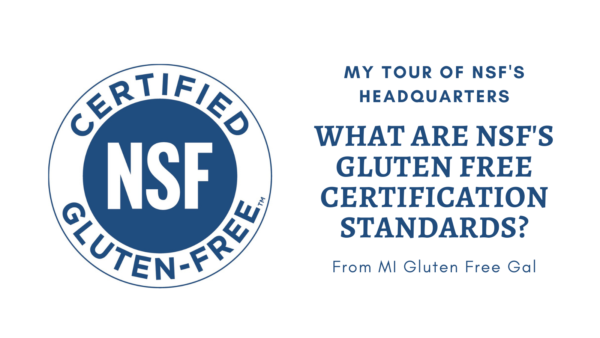
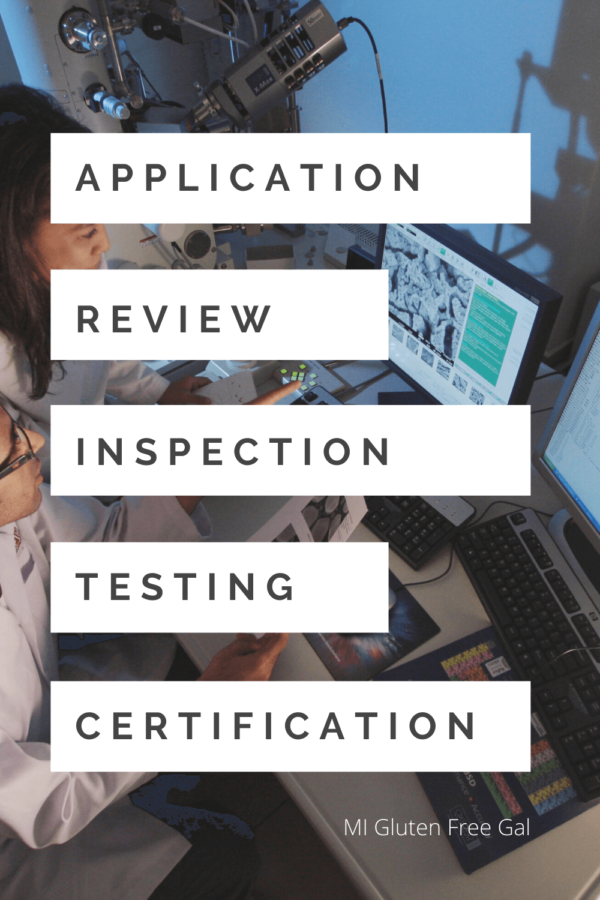
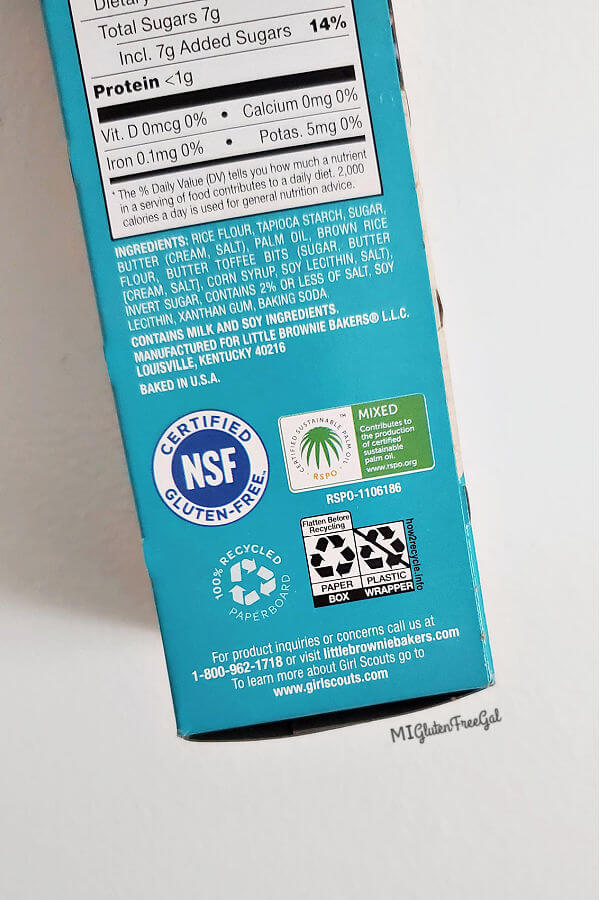
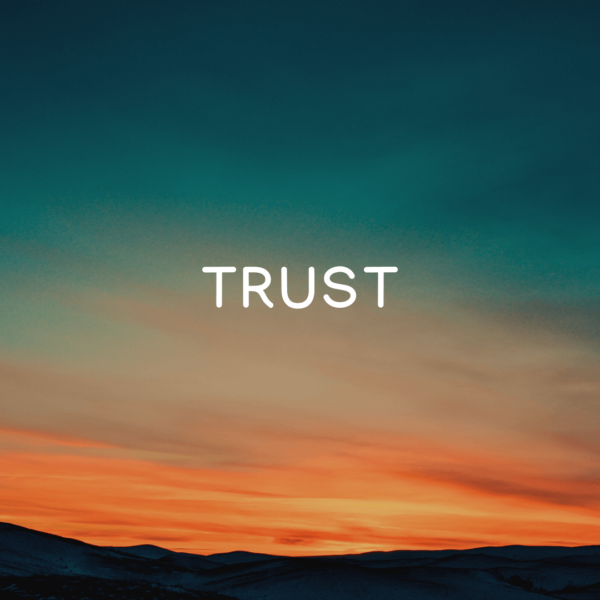
Thank you for this explanation. We DO tend to mostly buy certified gluten free products. I wasn’t familiar with this emblem or the certification process taken by NSF. We recently purchased some products by Williams Sanoma and are trying to figure out how our son (who has celiac) ingested gluten. I was pretty sure it was one of their pancake products. My husband suggested I do some research so thank you again for this thorough explanation of their certification process.
Glad I can help educate you! Hope your son feels better soon.
Thank you so much for this information, it’s extremely helpful!
You’re welcome! They’re not as popular as some of the other certifying organizations, and I’m sure people often have questions about this business.
What about facilities that process wheat and gluten? Do you still consider them gluten-free if a company or manufacture processes gluten products?
There are many products that are certified gluten free that are made in shared facilites. The certification program requires strict cleaning processes for products. I would trust products that are certified.
I just came across gluten free labeled Girl Scout cookies certified by your company and to my disappointment I had to discover that they are manufactured in a shared facility with wheat! It looks like the box in the picture above this thread but in fine print added the disclaimer!
Dear Anja, First, I am not an NSF staff member. I am a blogger who wrote about their procedures. Secondly, there are many certified gluten free products that easily test under 20 ppm that are made in shared facilities. In fact. Gluten Free Watchdog did a study and found that 90% of products with a “gluten free label” and a “may contain” statement tested under 20 ppm. “Certified gluten free” doesn’t mean a product is made in a dedicated facility.